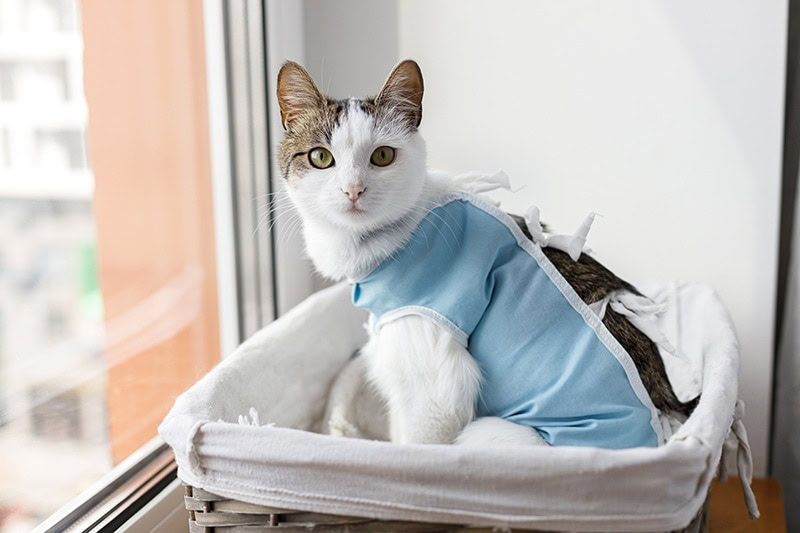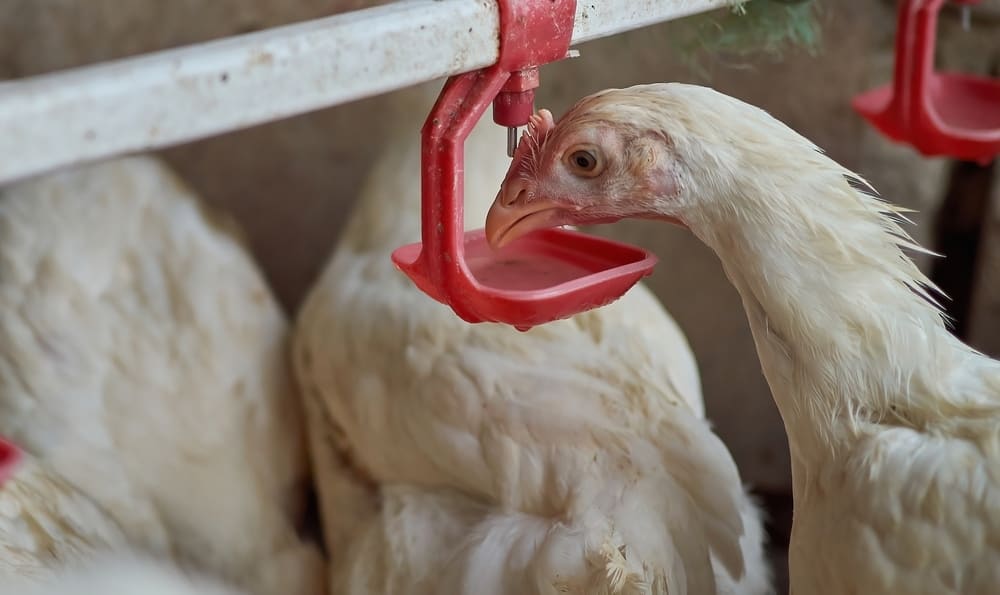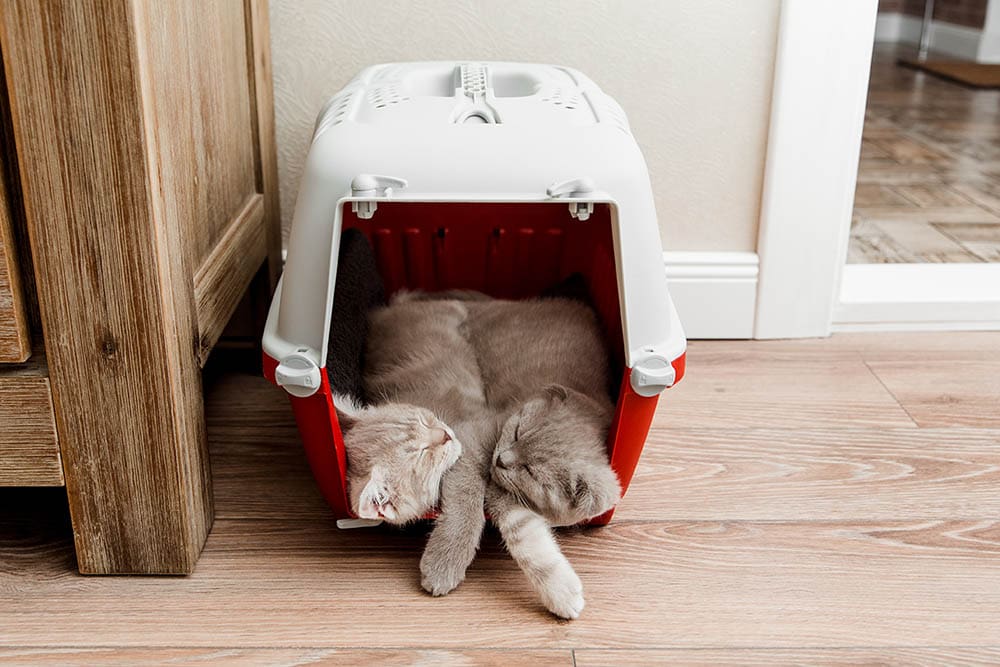VET APPROVED

The information is current and up-to-date in accordance with the latest veterinarian research.
Learn more »Click to Skip Ahead
Being a pet owner comes with many responsibilities, including spaying and neutering. This subject may be controversial for some, but the reality is that failing to get a pet spayed can result in numerous kittens and puppies being left without homes or ending up in shelters.
World Spay Day, celebrated on the last Tuesday in February, was created to bring awareness to the importance of neutering or spaying your pet. This annual campaign takes place on the fourth Tuesday in February every year, but your contribution can occur anytime throughout February.

What and When Is World Spay Day?
World Spay was founded by the Doris Day Animal League in the USA in 1995, and its objective is to create awareness around the overpopulation of pets due to them not being neutered or spayed and to encourage pet owners to have their pets spayed or neutered to reduce the population of stray animals.1
Numerous events around the world take place not only on World Spay Day to decrease the stray populations in neighborhoods and shelters.
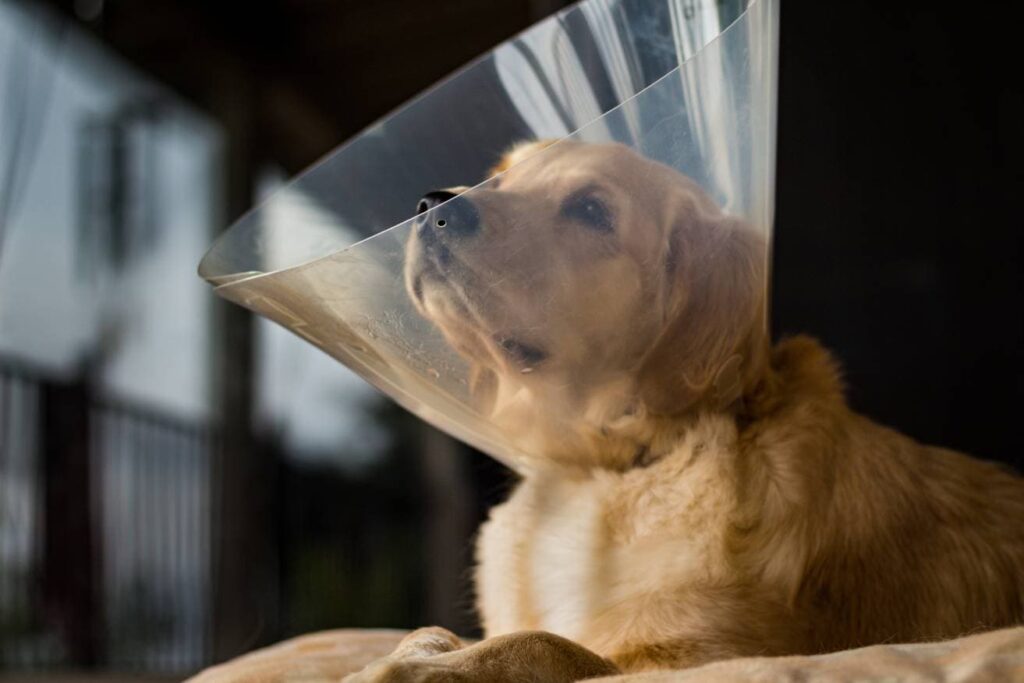
The 3 Reasons Why You Should Spay or Neuter Your Pet
Approximately 6.3 million animals enter shelters every year in the United States. Many of the strays may be attributed to unplanned litters that could have been prevented by spaying and neutering.
1. Overpopulation
Spaying or neutering your pet helps reduce the number of shelter animals and relieves the pressure on understaffed, underfunded facilities. Rates for euthanasia are highest in areas where options for neutering or spaying aren’t available.
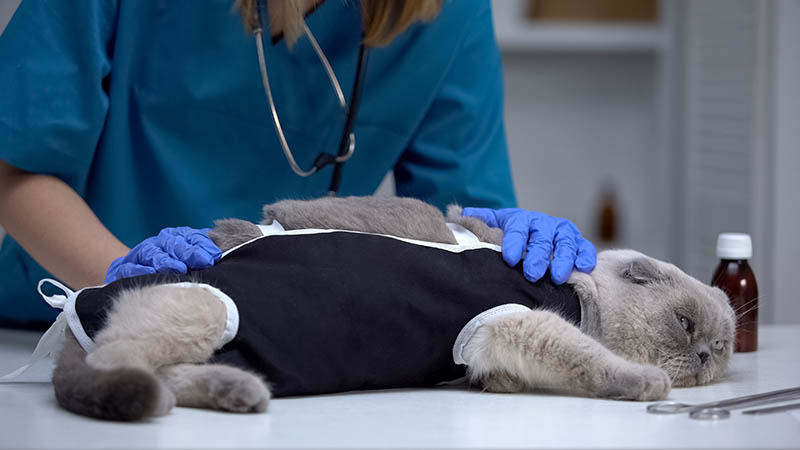
2. Reproduction Rates
Dogs and cats reproduce much quicker than humans, resulting in a significant number of offspring. While female dogs enter heat 1-2 times per year on average, this is much more frequent in most female cats. Unaltered female cats can go into heat at around 6 months of age and can stay in heat for approximately 7 days.
The heat cycle may repeat again after 2-19 days if the female wasn’t mated, and during this cycle, they can become vocal and affectionate and may spray urine, which can be difficult on your cat and highly frustrating for you as an owner. Some cat parents do not realize their kitten can get pregnant at 6 months old and will even mate with a sibling.
3. Health Risks
There are other benefits to spaying your pets other than preventing pregnancy. Spaying your female cat can also protect her against risks associated with mating, such as transmission of infectious diseases, and later in life, infections of the uterus. And it’s not just for the females’ benefit.
Males that are neutered are less likely to end up in a fight with a stray that can cause serious injury and infection. Your house will also be protected from the stench of your male spraying to attract a potential female mate.
Like cats, spayed dogs are at reduced risk of developing certain cancers, as well as a life-threatening uterine infection known as pyometra. A neutered dog will often be less territorial and less likely to mount everything they encounter!
In a study conducted with 2.2 million dogs and 460,000 cats, it was found that spayed female dogs lived 23% longer than nonspayed female dogs, and neutered male cats lived 62% longer than unneutered male cats, while spayed female cats lived 39% longer than nonspayed females.
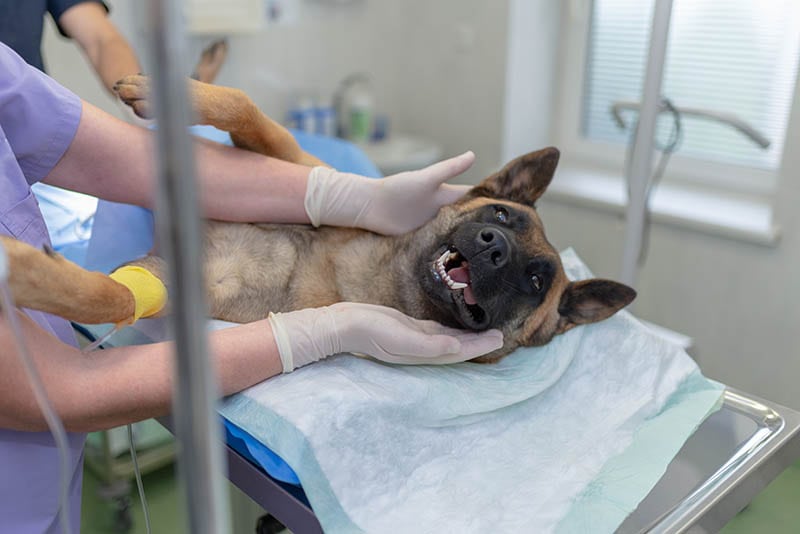

How to Do Your Part for World Spay Day
You can get involved in World Spay Day to make a difference, whether you own a pet or not.
As a pet owner, you can get your pet spayed or neutered if you haven’t done so already. Some veterinary clinics offer discounts for spaying and neutering on World Spay Day, and February is a great time to get the job done.
You can learn more about the importance of spaying your pets to help spread awareness with your pet owner friends and through your social media platforms using the hashtag #SpayDayUSA. You can get involved in neighborhood and community programs that are targeted at feral or stray cats as well, or approach your community to create one in your town.
Consider coordinating with your local veterinary clinics to create awareness through a fundraiser or volunteer at a local clinic or shelter event. Even animal rights groups like PETA support animal sterilization and have established a hotline (1–800–248–SPAY) to assist you in locating the closest affordable spay and neuter clinic.

Spay and Neuter FAQ
What Is the Youngest I Can Spay or Neuter My Pet?
The youngest age for a toy or small breed of dog is generally around 6 months, while large and giant breeds are usually spayed or neutered from 12-36 months of age, depending on their breed, age, sex, and temperament. The exact timing is tailored to each individual animal and their circumstances. For cats, there are a couple of options. Early sterilization is done at 6–8 weeks, while standard sterilization is done at 4–6 months. However, both cats and dogs of any sex may get neutered or spayed at any age, depending on their size and health.

How Long Will My Pet Take to Recover?
Both male and female pets will typically be able to go home on the same day of surgery but will take 7–14 days to fully recover. Male dogs and female dogs and cats will need to rest more, while male cats are generally back to normal the next day.
Can a Nursing Mother Be Spayed?
It is usually best to wait to get your female pet spayed at least 2 weeks after the milk production has ceased and the litter has weaned, but it will greatly depend on individual circumstances. In some cases, a female cat or dog may be spayed at the same time as the cesarean.
Tips for Keeping Your Pet Healthy and Safe After Surgery
After your pet has been spayed or neutered, they will need extra care and attention to keep them safe from complications. Here are some tips for keeping your pet safe and healthy:
- Your pet’s appetite should return within 24 hours. When you bring them home, feed them a half-size meal and a normal size meal in the evening.
- Do not change their diet during this time or follow your vet’s recommendations.
Ensure your pet always has water available. - Keep the surgical incision site dry and keep them indoors where they can stay clean and dry.
- Prevent your pet from licking the incision to prevent possible infection. You can use an e-collar to prevent infections.
- Check your pet’s incision twice a day. It should look the same as it did when they came home.
- Limit your pet’s activity levels during recovery since strenuous activity can interfere with the healing process or lead to hernias or swelling of the wound.
- Monitor your pet for pain or complications and call your vet immediately if you notice any signs such as vomiting, diarrhea, bleeding from the surgery site, loss of appetite, swollen abdomen, and depression.

Conclusion
World Spay Day takes place on the fourth Tuesday of February every year and is a campaign to create awareness about the overpopulation of pets due to non-sterilization. It is also an opportunity to educate and encourage pet owners to have their dogs and cats spayed and neutered. There are various ways to get involved, but the most significant difference you can make is to create and spread awareness. By getting involved in World Spay Day, you can help save the lives of many pets.
- WORLD SPAY DAY – February 25, 2025 – National Today
- WORLD SPAY DAY | Last Tuesday in February
- World Spay Day
- Truths About Feral Cats
- Pyometra in Dogs | VCA Animal Hospitals
- What Age Should You Spay Your Dog? | PetMD
- What Age Should You Spay or Neuter Your Cat? | PetMD
- World Spay Day | Doris Day Animal Foundation
- Estrous Cycles in Cats | VCA Animal Hospitals
Featured Image Credit: Bogdan Sonjachnyj, Shutterstock
